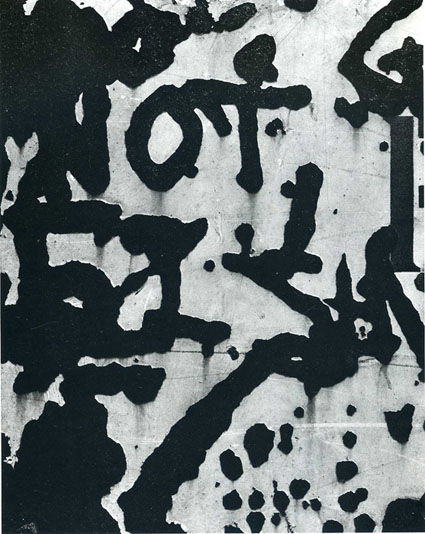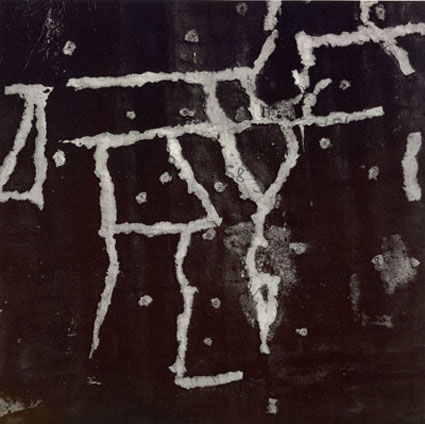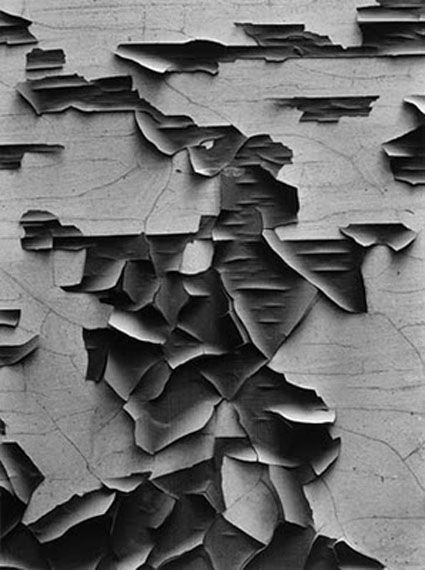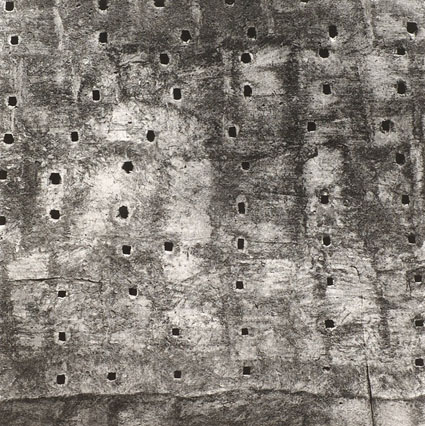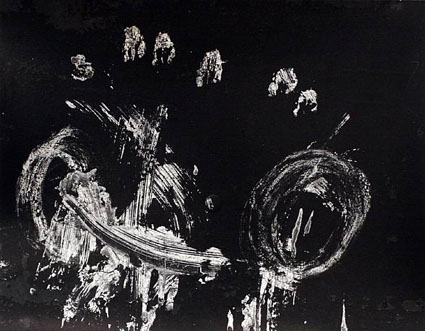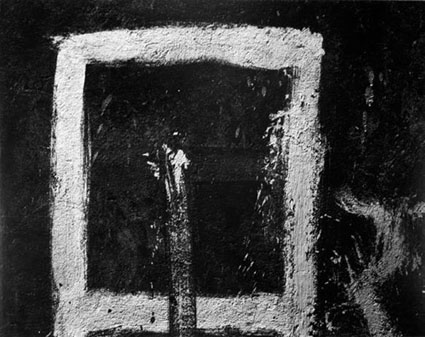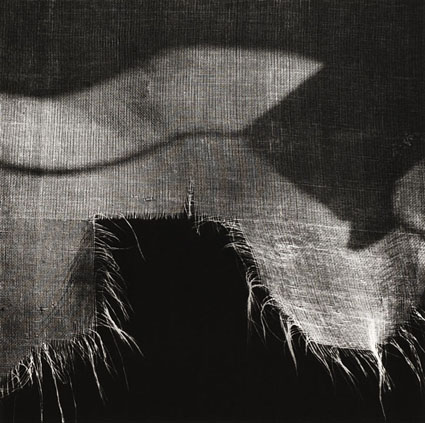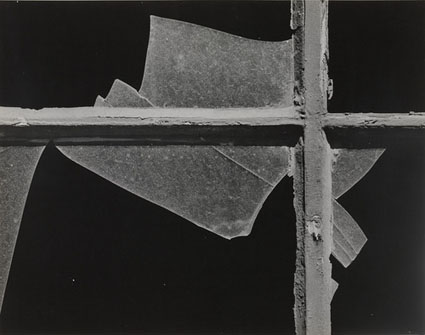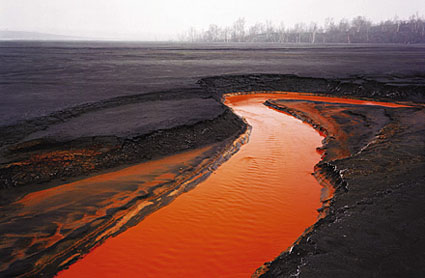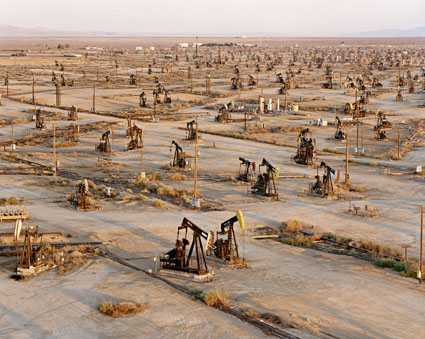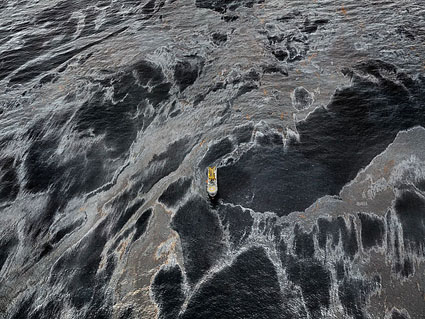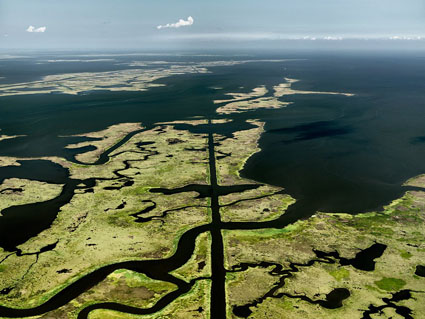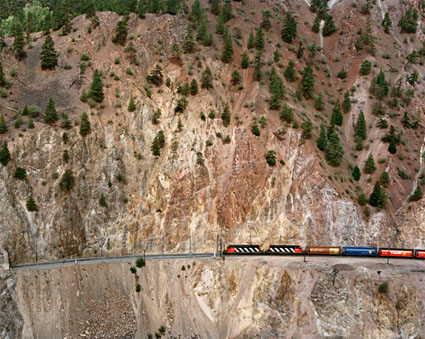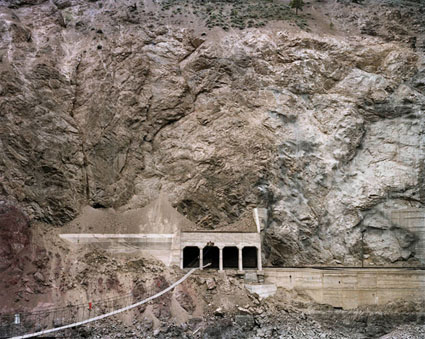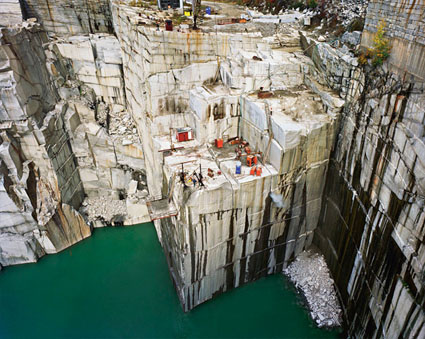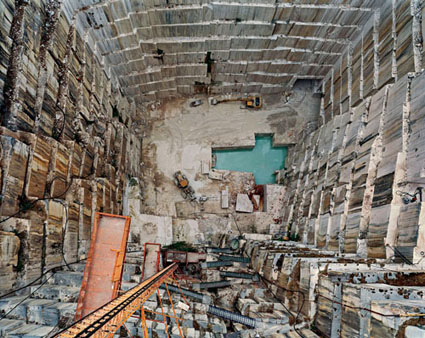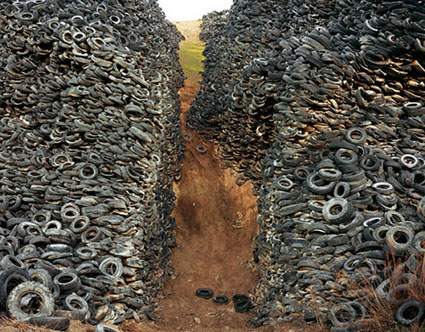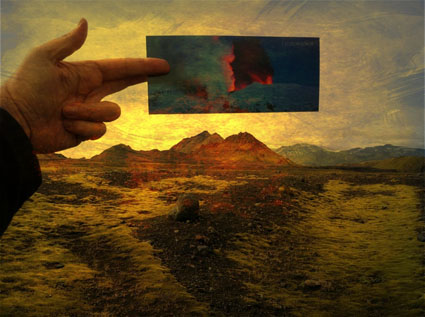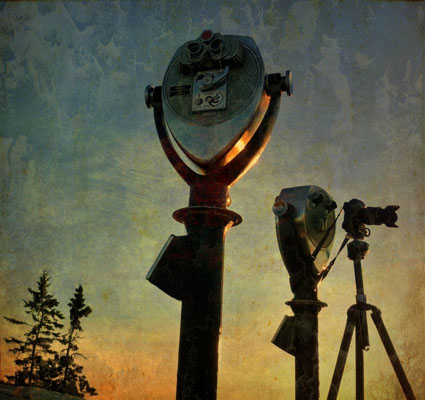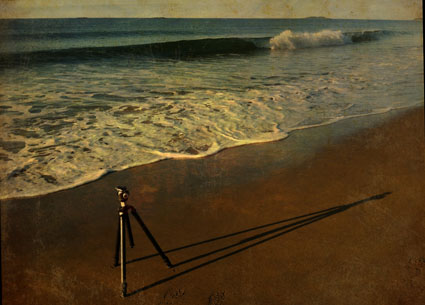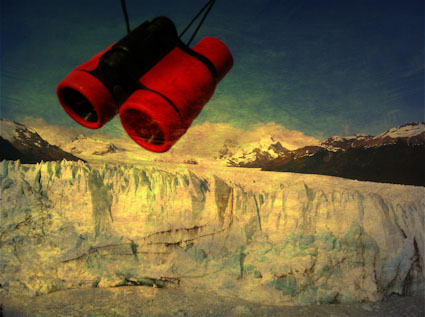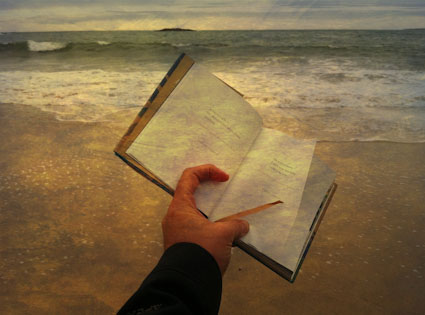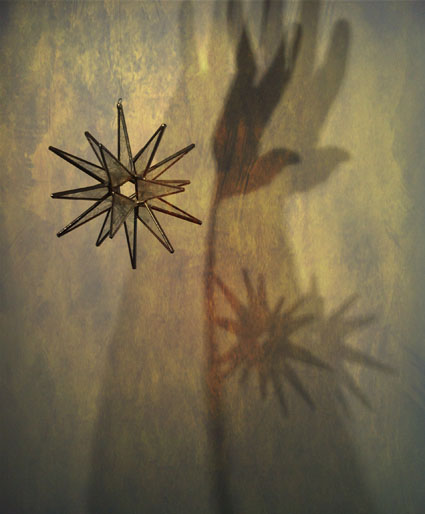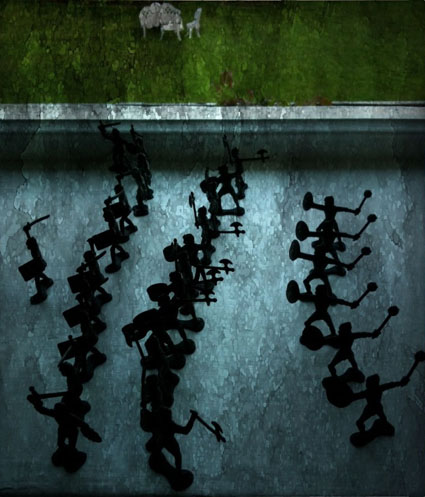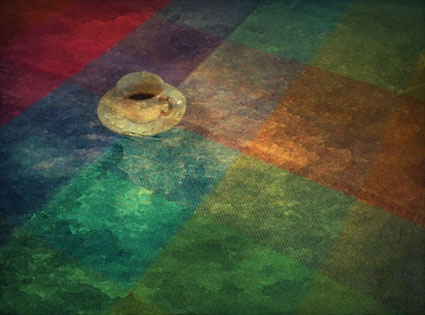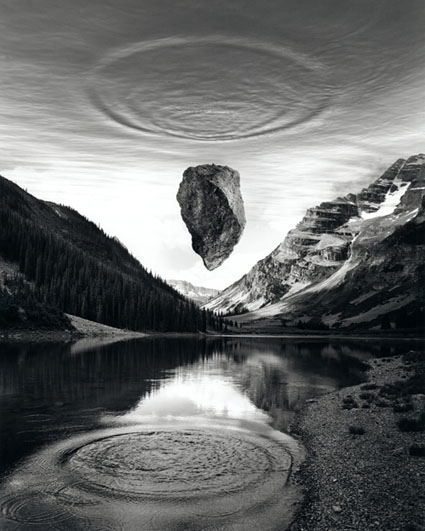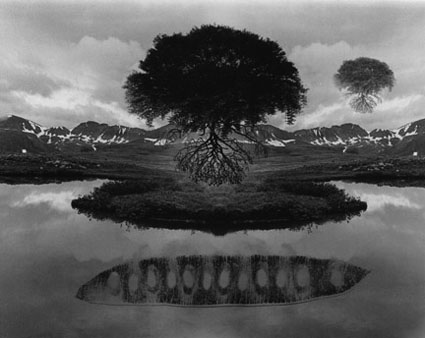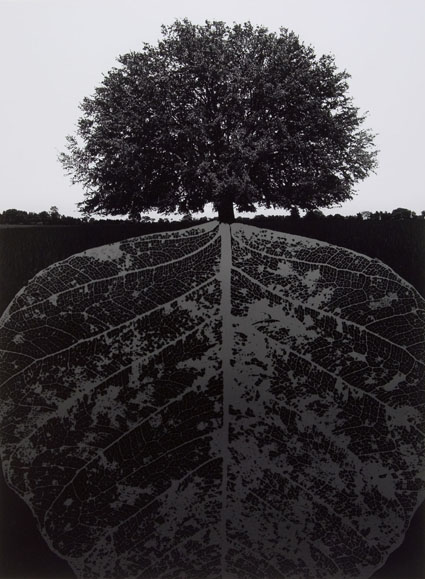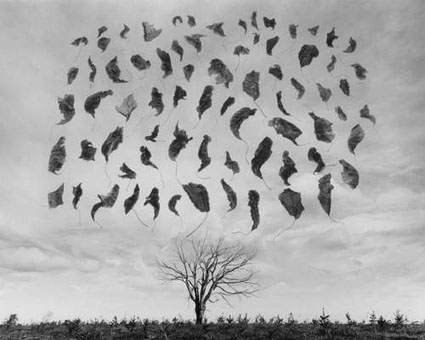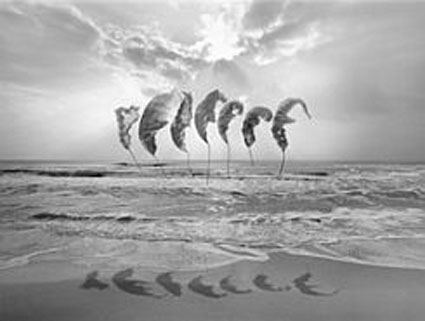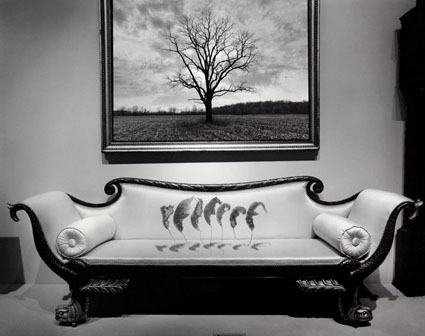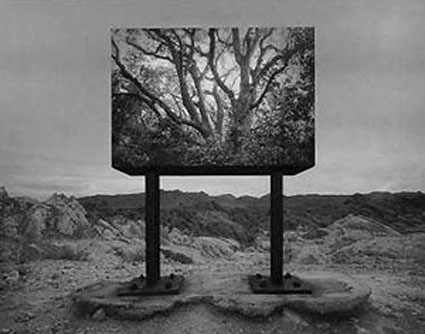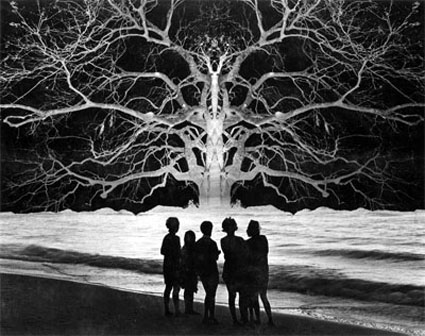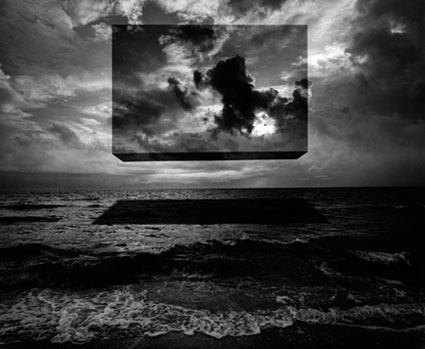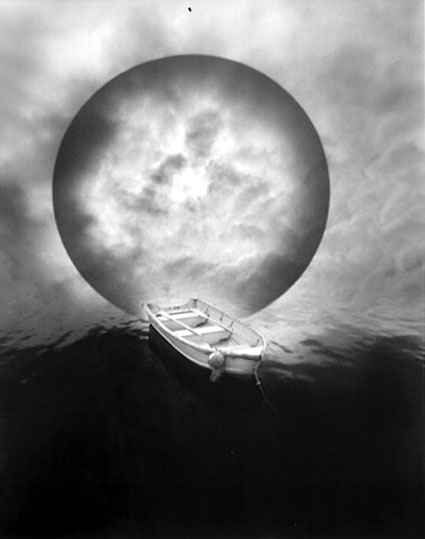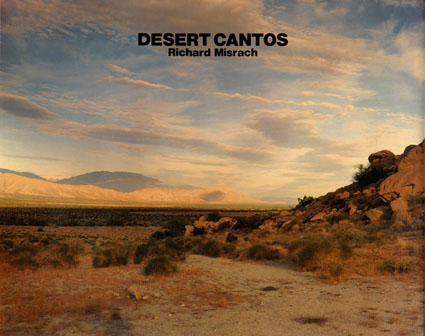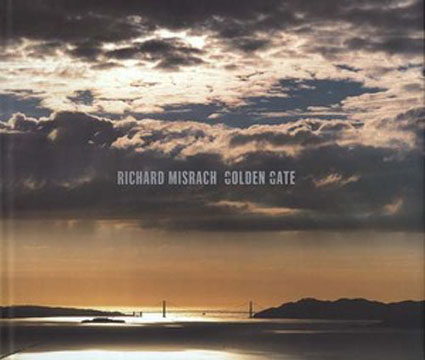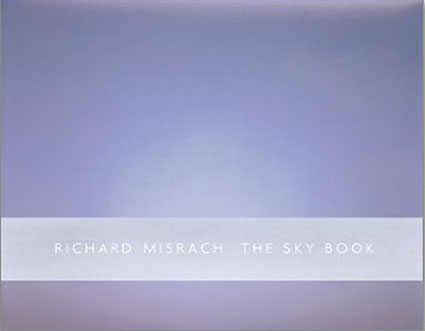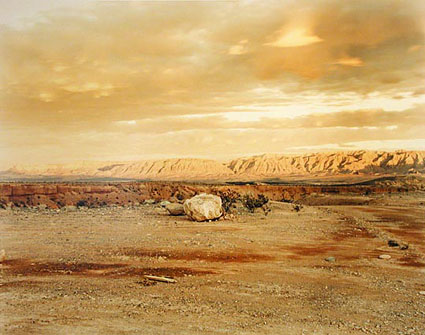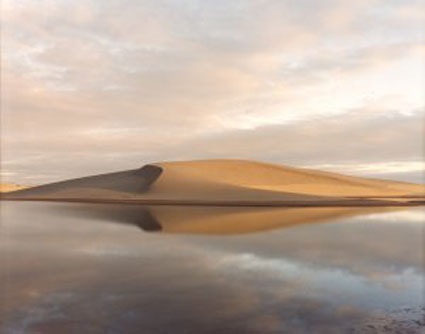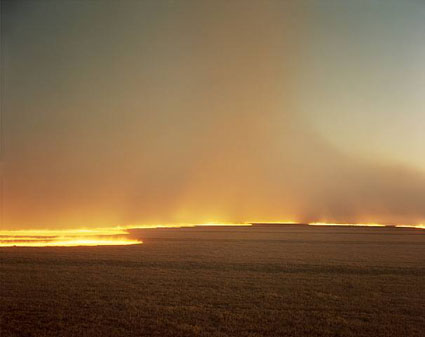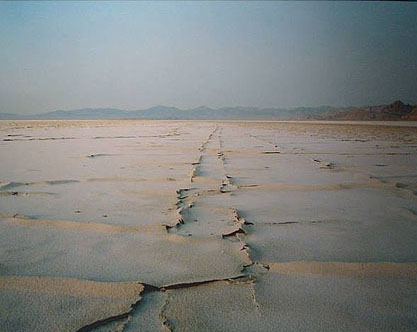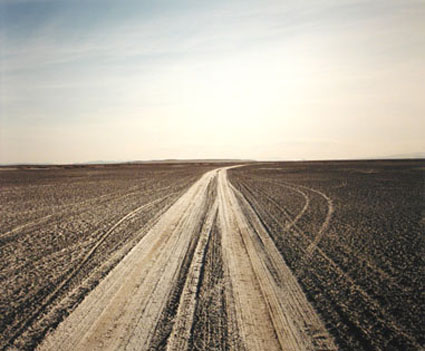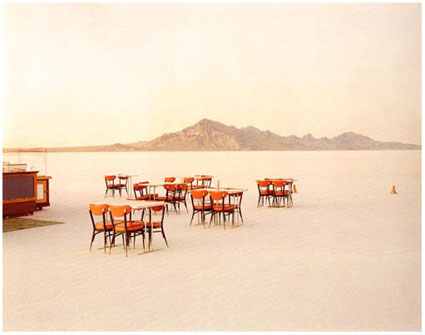Green Actions – Use Natural Pesticides on Pets
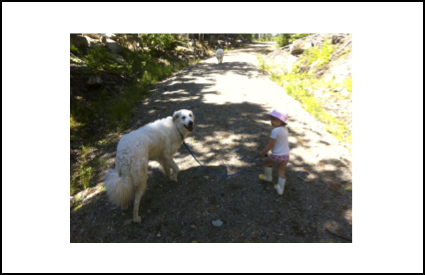
Be more green!
You can make a difference today!
Make many small changes to make one big change!
And you’ll save a lot!
Take action now!
Here’s one idea.
Use Natural Pesticides on your Pets!
The warm sultry days of summer are now upon us in the northern hemisphere. Known as the “Dog Days of Summer” for astrological reasons I have always felt these long lazy days, are perfect for taking my dog out for a extended hike. He loves the exercise and play time and I enjoy the relaxing down time outside with him.
Most of us here in the studio are dog owners. Some of us even own more than one of these furry little ones, and all of us own a cat or two. Across the board our pets are important to us. The down side is when we go out and enjoy the great outdoors with them, they often bring back a pest or two.
Fleas and ticks are pervasive this time of year. They thrive in warm, moist environments and climates. Their main food is blood from the host animal which include dogs and cats and their human friends. Fleas and ticks primarily utilize mammalian hosts (about 95%). An interesting fact is that it’s the flea saliva which contains an ingredient that softens, or “digests” the host’s skin for easier penetration and feeding that is irritating and allergenic, and the cause of all the itching, scratching, and other signs seen with Flea Allergy Dermatitis, or FAD. Ticks also spread their diseases through their saliva, leaving a dark black patch of dead tissue on their host.
The adult female flea can lay up to 50 eggs per day or 500-600 eggs over several months. Fleas can, in rare cases, carry disease. Also, if ingested they can cause tapeworm. The flea has been found to carry the plague and murine typhus to humans.
In some areas Deer Tick population has been found to exceed more than 10,000 ticks per acre. In some areas, as many as 90% of the ticks are carrying the Lyme bacteria. And, Lyme Disease is not the only infection that can be spread by these ticks. Babesios, Ehrlichiosis and some viral infections have also been found in Deer Ticks.
So how do we protect our pets and ourselves from these pests in a healthy way?
Yes, we can use many of the ointments available from our vets and pet stores. Most of these contain hazardous and harmful chemicals such as tetrachlorvinphos, carbaryl and propoxur as active ingredients. These chemicals however are dangerous to use on pets and humans and dangerous to the environment as well. The EPA has classified each of these ingredients as either a “likely” or “probable human carcinogen”.
The good news is that there are several effective and natural alternatives to the chemical pesticide approach.
Cedar Oil is one. We all know that cedar repels moths. The cedar oil aroma actually repels and kills most insects by causing a respiratory blockage and suffocation. The EPA feels there is no human environmental risk posed by cedar oil making this what is commonly referred to as a mechanical pesticide. Diluted cedar oil products are available in spray on form for cats and dogs. On humans cedar oil is also effective on repelling mosquitoes.
Another mechanical pesticide that is gaining popularity in the pet world is Diatomaceous Earth. Pure food grade (not Pool Grade!!) Diatomaceous Earth is the powder like fossilized remains of marine phytoplankton and is almost pure silica. Under a microscope Diatomaceous Earth looks like shards of glass. Sprinkle a bit of DI over your pets dry coat and your pet within a few hours your pet will be at peace with himself. Do your best not to breathe DI in, or have you pet breath it. Remember it only works well when it is dry power, it is the mechanical rubbing of the insects body against the sharp dry silica that kills the pest. For humans this product is harmless, in fact we eat it. Diatomaceous Earth is added to grain based foods to keep bugs from infesting our food stock.
So get outside and enjoy a long walk with your pet and have a wonderful pest free summer!
Find more resources that will help you take action now here.
Find environmental organizations to support here.




